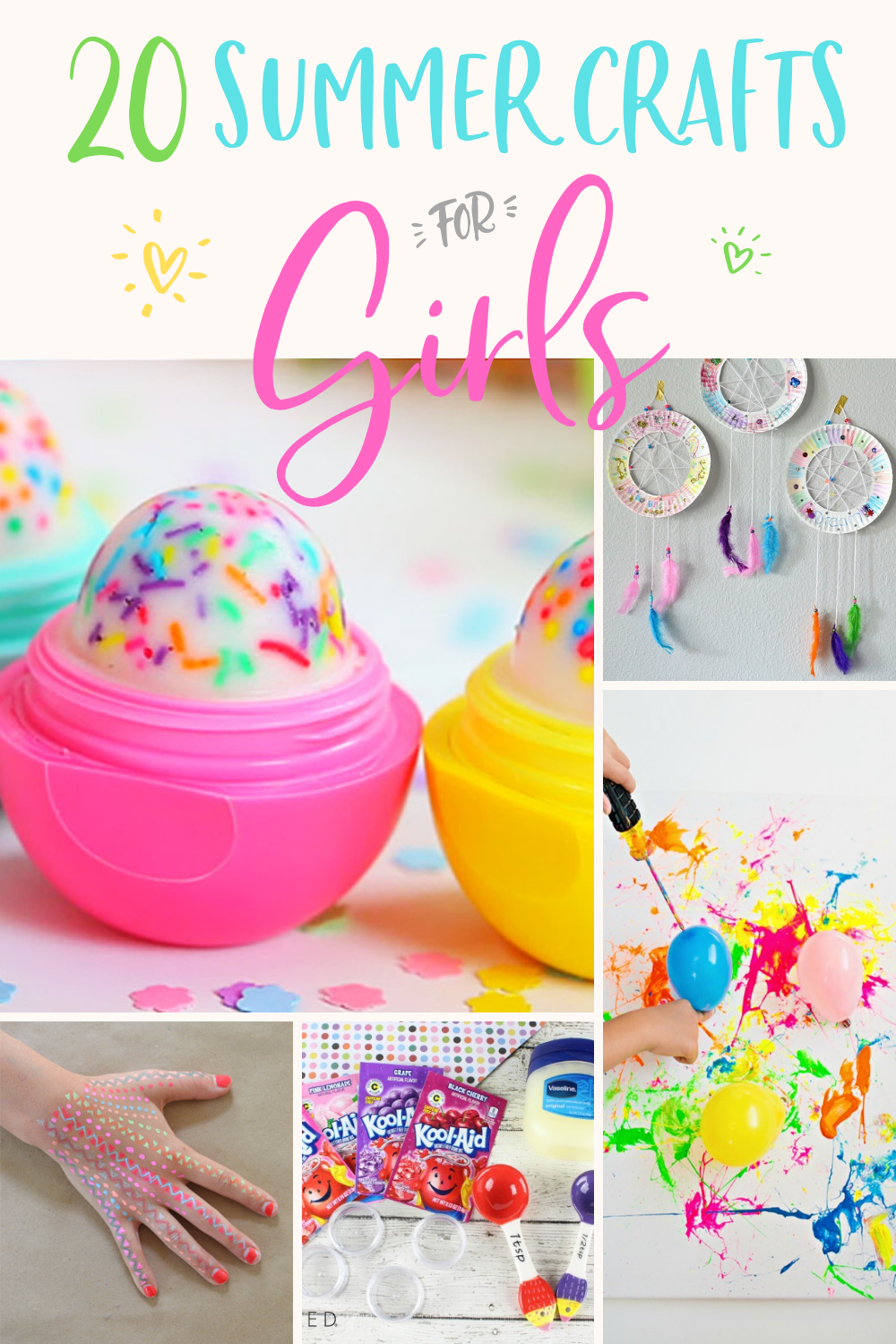Mastering Cerakote at Home: The Complete DIY Application Guide
Introduction: Why DIY Cerakote?
For enthusiasts looking to personalize and protect their firearms, tools, or gear, applying Cerakote at home offers a cost-effective, creative, and rewarding alternative to professional services. Cerakote is a ceramic-based coating renowned for its durability, corrosion resistance, and custom aesthetic possibilities. While professional application guarantees consistent results, modern DIY kits and accessible equipment have made at-home Cerakoting a viable project for dedicated hobbyists who want full creative control and cost savings. This guide provides a comprehensive, step-by-step approach to DIY Cerakote, covering preparation, application, curing, and troubleshooting-empowering you to achieve a professional-grade finish from your own workspace.
Understanding Cerakote: Benefits and Considerations
Cerakote stands out for its exceptional wear resistance, chemical protection, and color options . It’s commonly used on firearms, knives, tools, and even automotive parts. When done correctly, Cerakote can vastly improve the longevity and appearance of metal and some polymer surfaces. However, the process requires meticulous attention to detail and a willingness to invest in specialized tools and safety precautions. Mistakes in surface prep or application can result in subpar finishes or functional issues. Proper planning and patience are critical for satisfactory results [1] [2] .
Essential Equipment and Workspace Preparation
Before starting your project, gather all necessary equipment to ensure an efficient and safe workflow. You will need:
- Personal Protective Equipment : Nitrile gloves, a quality respirator, and protective eyewear to shield against fumes and particulates.
- Disassembly Tools : Screwdrivers, punches, and any tools required to fully disassemble your project item. Full disassembly is vital for even coating and to prevent damage to sensitive parts.
- Degreasing Supplies : Acetone or another compatible degreaser, lint-free wipes, and containers for soaking parts.
- Abrasion Tools : A sandblasting cabinet with 100-120 grit aluminum oxide media is recommended for optimal surface prep, though some use alternative abrasive methods for small parts.
- Masking Materials : High-heat masking tape and silicone plugs to protect areas you do not wish to coat, such as threads, bores, or tight tolerance surfaces [5] .
- Application Equipment : An airbrush spray gun or mini HVLP spray gun with a 0.8mm or 1.0mm tip, an air compressor capable of delivering 10-50 psi (typically 20-35 psi is optimal), and a clean, dust-free spray booth or area [2] [3] .
- Oven for Curing : A dedicated oven (not used for food) that can maintain a consistent temperature of at least 300°F (149°C) for metal parts.
- Cerakote Kit : Purchase from an authorized retailer or directly from Cerakote. Kits include coating, hardener, and mixing instructions.
Designate a well-ventilated, dust-free workspace. Never use a household oven or kitchen space for curing, as Cerakote fumes can contaminate food surfaces.
Step-By-Step DIY Cerakote Process
1. Complete Disassembly
Carefully disassemble your firearm or project item. Remove all springs, pins, and polymer pieces that may be damaged by heat. Only coat metal parts designed for high heat. Parts with tight tolerances (e.g., inside of pins, slides) should generally be masked or omitted from coating to avoid assembly issues after curing [1] .
2. Thorough Degreasing
Soak all parts in acetone or a recommended degreaser to eliminate oils and contaminants. Use a lint-free cloth to wipe down surfaces. Repeat degreasing after sandblasting to ensure a pristine surface [1] .
3. Surface Abrasion (Sandblasting)
Use a sandblasting cabinet with 100-120 grit aluminum oxide media to achieve an even, matte finish. This step is crucial for adhesion. Hand sanding is generally insufficient. Pay extra attention to corners and hard-to-reach areas. Avoid over-blasting, which could round off sharp edges [5] .
4. Secondary Degreasing
Repeat the degreasing process after sandblasting to remove any residual dust or oils. This ensures maximum coating adhesion and finish quality.
5. Masking
Apply high-temperature tape and silicone plugs to threads, bores, or any surface that should remain uncoated. Take time to mask off all critical areas to prevent functional interference or damage [5] .
6. Pre-Warming (Optional but Recommended)
Pre-warm metal parts in an oven at approximately 300°F for 15-30 minutes. This step helps remove residual oils and ensures better Cerakote adhesion. It also forces you to plan part placement before mixing the coating [1] .
7. Mixing and Straining Cerakote
Thoroughly shake or stir the Cerakote bottle per manufacturer instructions, often for 5-10 minutes to ensure complete mixing. Add the specified hardener in the correct ratio (typically provided in your kit). Strain the mixture through a fine mesh to prevent clogs in your spray gun. Only mix what you can apply within the recommended time window, as Cerakote begins curing after mixing [5] .
8. Application: Spraying Cerakote
Using your airbrush or HVLP spray gun set to 20-35 psi, apply Cerakote in thin, even coats. Most projects require 2-3 coats. Allow each coat to flash off (partially dry) before adding the next. Build up to a 1 mil thickness in high-wear areas, but avoid excessive buildup, especially on tight-tolerance parts. Test spray on cardboard to adjust flow before starting on actual parts [3] [2] .

Source: mungfali.com
9. Curing
After spraying, transfer parts to a dedicated oven, curing according to Cerakote’s guidelines (typically 250-300°F for 1 hour for H-Series; air cure for C-Series). Adhere strictly to temperature and time recommendations. Allow parts to cool slowly to avoid thermal shock [5] .
10. Inspection and Reassembly
Once fully cured and cooled, carefully inspect all parts for coverage and defects. Remove masking material. Reassemble your item, ensuring coated parts fit and function as intended. Some tight fits may require gentle fitting or adjustment. Always check for safe operation before live use.
Tips, Troubleshooting, and Best Practices
Achieving a flawless Cerakote finish at home often requires practice and attention to detail. Here are expert tips and solutions for common challenges:
- Runs or Sags : Apply thinner coats and allow proper flash time between coats. Practice on scrap pieces before working on actual parts.
- Poor Adhesion : Double-check degreasing and abrasion steps. Avoid touching cleaned parts with bare hands before coating.
- Uneven Texture : Maintain consistent spray distance and air pressure. Overlap each pass by 50% for even coverage.
- Color Variations : Mix thoroughly and strain before each use. Use paint shakers for larger batches.
- Functional Interference : Mask off all tight-tolerance areas. Avoid coating internal mechanisms unless specified by the manufacturer.
For additional guidance, you can consult Cerakote’s official training manuals or seek advice from technical support by searching for “Cerakote technical support” or exploring Cerakote’s official YouTube channel for in-depth application videos [5] .
Alternatives and Additional Resources
If you lack access to certain equipment (such as a sandblasting cabinet or dedicated oven), local gunsmiths or coating shops may offer prep and cure services for a fee, allowing you to handle the coating stage yourself. Some hardware stores rent air compressors and spray guns. For in-depth tutorials, step-by-step visuals, and downloadable manuals, search for Cerakote application guides on reputable retailer sites or YouTube channels.

Source: ar.inspiredpencil.com
While comprehensive DIY kits are available through authorized Cerakote dealers and some online retailers, always verify the authenticity of your source before purchasing. For safety and best results, follow all manufacturer-provided guidelines on handling, mixing, and curing.
Key Takeaways
DIY Cerakote is accessible for detail-oriented hobbyists willing to invest in proper prep, equipment, and practice. By following each step-disassembly, degreasing, sandblasting, masking, careful spraying, and precise curing-you can achieve a durable, professional-grade finish. Plan ahead, practice on scrap materials, and seek official resources or technical support if you encounter difficulties. The satisfaction of a custom Cerakote finish, tailored to your specific vision, makes the effort worthwhile for many enthusiasts.
References
- [1] Cat Outdoors (2024). How to Cerakote at Home: A Step-by-Step Guide.
- [2] Freedom Stencils (2024). The Ultimate Starter Guide to Cerakoting Your Firearms.
- [3] YouTube (2018). Can Cerakote Be Done At Home?
- [4] YouTube (2018). How to do Cerakote at home? part 1 (tools and equipment)
- [5] Cerakote (2024). C-Series Application Guide | CERAKOTE


